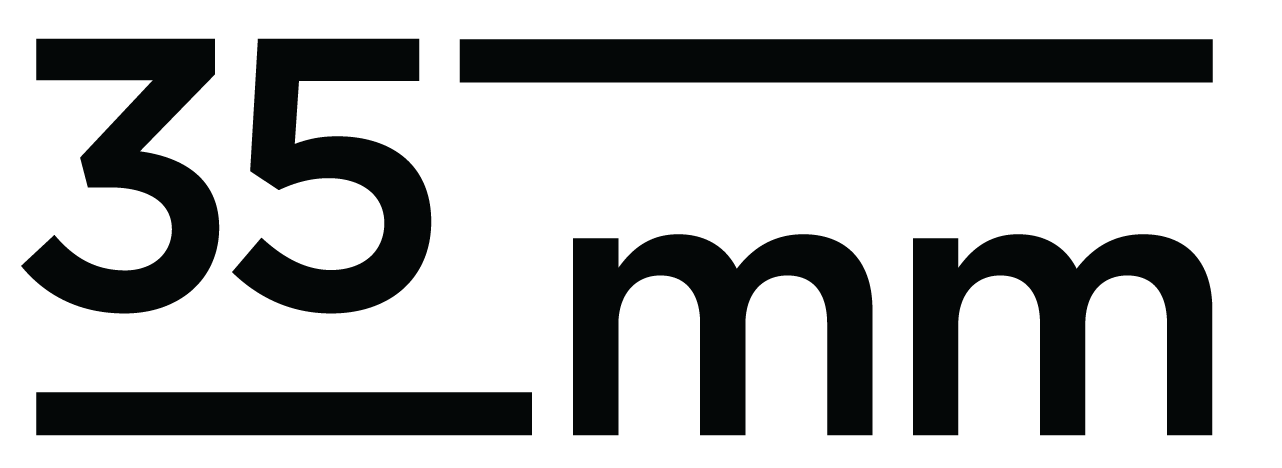What do you look in a photographer’s website?
Recently I saw a simple question from a talented food and beverage photographer: Andy Element. I very much like his minimalistic approach and bold color choice (No I haven’t done any work for him yet :) ). His question was:
I'm in the process of putting a new website together and I'm really keen to know what you look for when visiting a photographers website?
When considering subjects for our line of work, I came across something that appeared to be quite intriguing. However, it's important to acknowledge that what I seek in a photographer's website may differ from the expectations of a creative director or someone else in a different role. As a post-production artist, photographers are our clientele. Still, it's crucial to note that photographers aim to captivate potential clients, such as creative directors from various sectors, including ad agencies and brands. Despite the diversity in roles, there are likely to be shared elements that both photographers and creative directors appreciate in a photographer's website.
These can give you insights into the photographer's style, technical skills, and professional background, which are crucial for understanding how well they might align with your agency's services.
Portfolio: This is the heart of any photographer's website. As someone deeply involved in image manipulation and compositing, I'll want to scrutinize the quality of the images, the consistency in style, and the range of subjects or themes covered. This will help me gauge whether their work would require minimal retouching or extensive post-production.
About Me/Team Section: Understanding the photographer's background, experience, and perhaps even their philosophy can be invaluable. This section can give me a sense of their professionalism and whether their approach to photography aligns with my agency's ethos.
Client List/Testimonials: A list of previous clients or testimonials can provide a quick snapshot of the photographer's credibility and the markets they serve. This could be particularly useful if I want to expand my agency's network in specific industries.
Services Offered: Knowing the range of services the photographer offers can help me understand the scope of potential collaboration. For example, if they also dabble in video, that could open avenues for more comprehensive projects involving stills and motion.
Blog/Articles: If the photographer maintains a blog or publishes articles, this can be a goldmine of information. It can show me how knowledgeable they are about current trends, techniques, and technologies, including AI imagery, which is a growing interest for my agency.
Contact Information: This might seem basic, but clear and multiple avenues for contact (phone, email, social media) are a good sign of professionalism and accessibility. It also lets me send them a cold e-mail if interested.
Highlights on the First Page: A well-designed landing page that immediately showcases high-quality work, services, and perhaps even client logos can indicate the photographer's professionalism and market positioning quickly but effectively.
Technical Aspects: As a person who's been in the industry for over two decades, I'd also appreciate a well-designed, fast-loading website with high-resolution images that are optimized for both desktop and mobile. This speaks to the photographer's attention to detail, which is crucial in my line of work.
An advertising agency's Creative Director or a marketing manager of a brand and a post-production agency like mine would undoubtedly overlap in some areas when evaluating a photographer's website. Still, there are nuances in what each would prioritize.
Conceptual Strength: A Creative Director is often more interested in the conceptual underpinnings of a photographer's work. They're looking for photographers who can tell a story or convey a brand's message through imagery. While I might focus on technical execution for post-production compatibility, they're likely more concerned with the originality and emotional impact of the work.
Versatility: Creative Directors often work on various campaigns that could span different industries, styles, and media. They might be more interested in a photographer with a diverse portfolio that shows adaptability, whereas I look for specialized skills that align closely with 35milimetre's niche services.
Brand Alignment: Creative Directors always consider how a photographer's style could align with a brand's identity. They might pay closer attention to whether the photographer has experience in sectors relevant to their current or prospective clients.
Collaborative Indicators: While I might focus on the end product, a Creative Director may look for signs of a photographer's collaborative spirit—perhaps through behind-the-scenes content or testimonials that speak to the photographer's teamwork. They want to know if the photographer can work harmoniously with copywriters, designers, and other creatives.
Strategic Content: Creative Directors may also look for strategic content like case studies that show the impact of the photographer's work on a brand's performance. This could include metrics or before-and-after comparisons that demonstrate ROI. Though likely us, you will unlikely be able to reach this data and won’t be able to share it on your website.
Cultural Fit: Creative Directors might also consider softer aspects like cultural fit and personal brand, gauging whether the photographer's overall vibe aligns with the agency's culture and values.
Speed and Scalability: While I’m interested in the fine details of each image, a Creative Director might be looking at the bigger picture—can this photographer handle a large-scale campaign with tight deadlines? They might look for indications of workflow efficiency, team size, and other logistical considerations.
While a post-production agency would delve into the nitty-gritty of image quality and technical compatibility, a Creative Director often looks at a broader canvas—evaluating how well the photographer can contribute to a campaign's storytelling and brand-building aspects.




